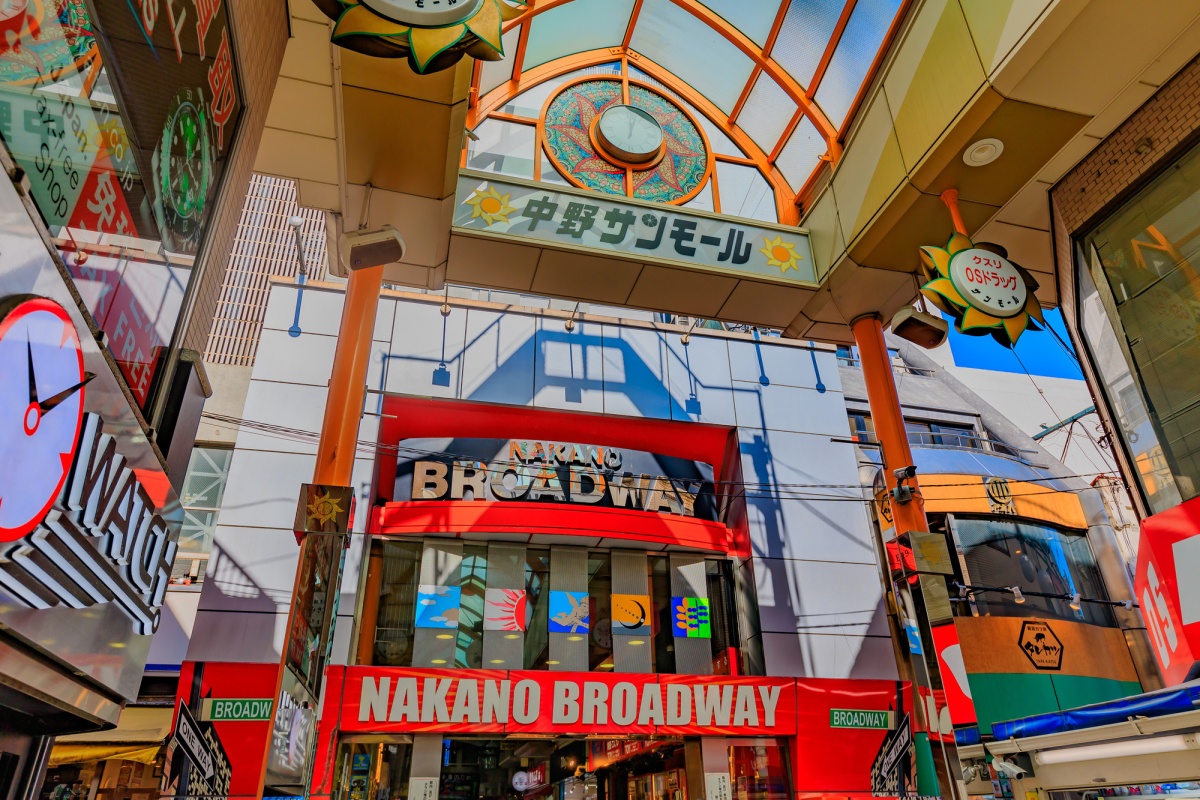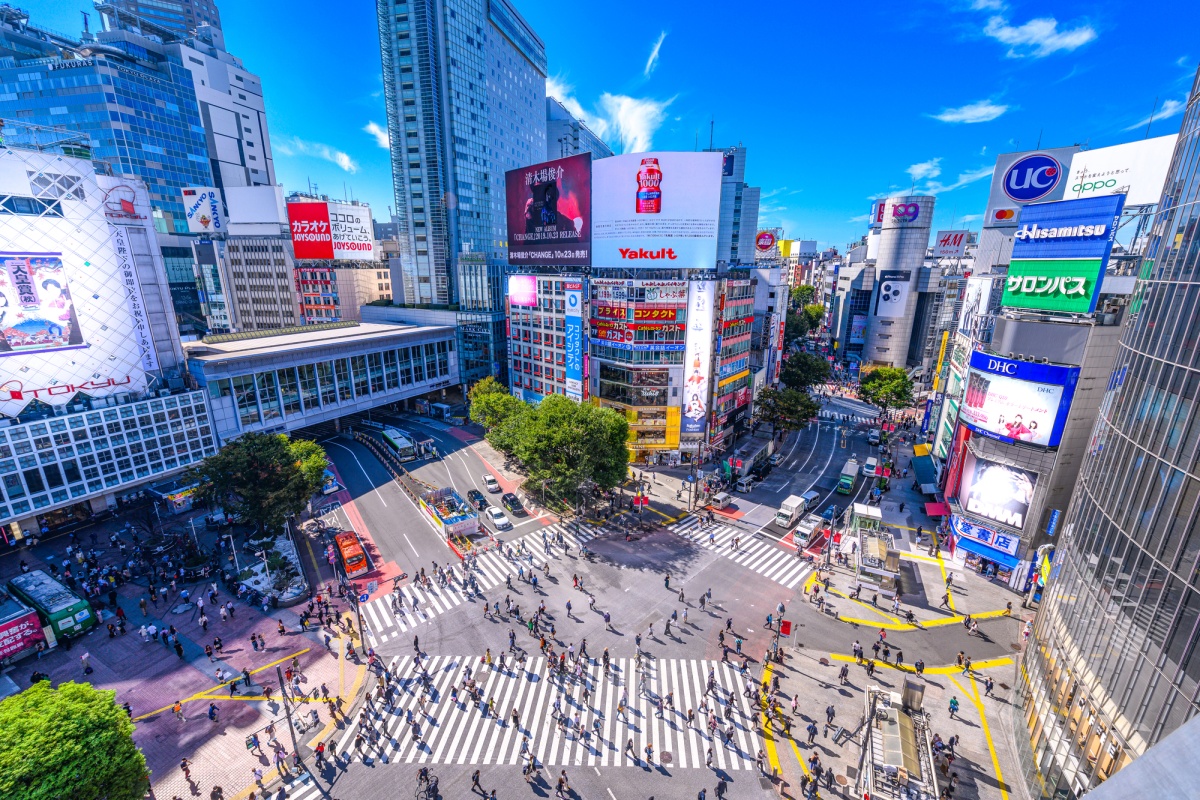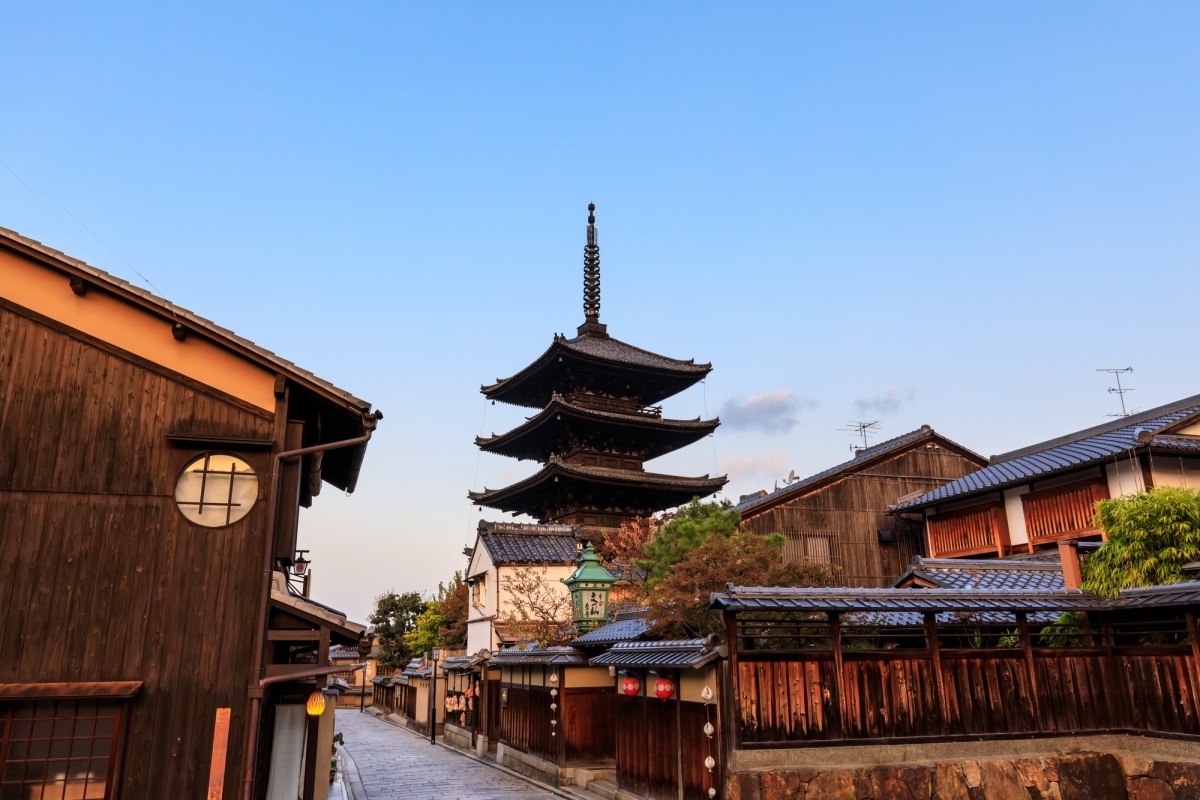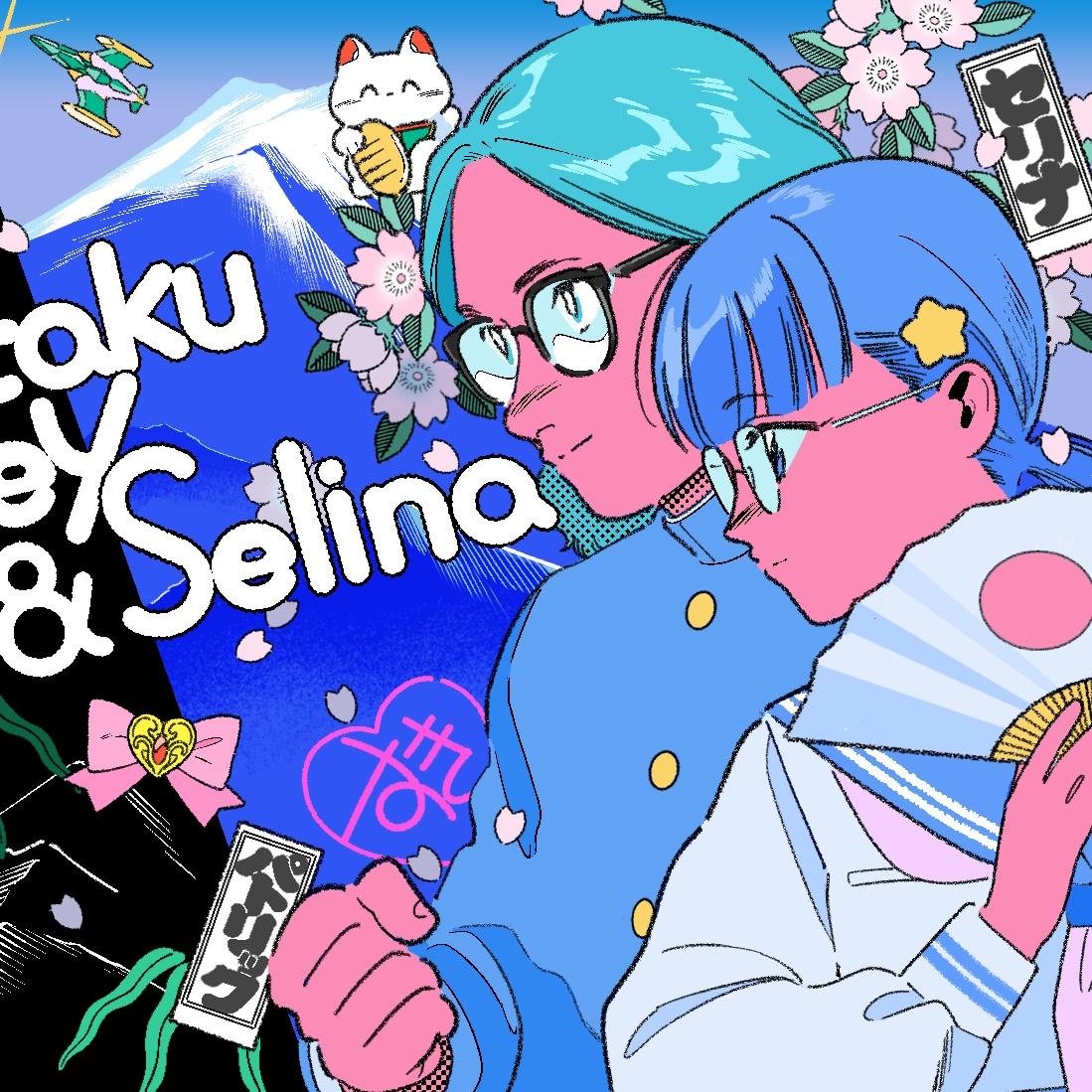Our Otaku Journey: Part II, The Big Move to Japan

The second in a series of conversations between two generations of otaku—Patrick Macias (Gen X) and Selina Lin (Gen Z). In this episode, our otaku share tales of the expectations and reality of their first visits to Japan. Then they discuss their decisions to leave their homelands to move here, and what living in Japan means to them.
By Patrick Macias
Every Otaku's Tokyo destination: the Nakano Broadway shopping street.
Selina: Hi Patrick.
Patrick: Hi, Selina. It’s been a while!
Selina: Yes, it has. Ever since our last talk, when we discussed how we became otaku, I’ve been dying to ask you what your first trip to Japan was like. Did it live up to your expectations?
Patrick: Good question! I first came to Japan in October, 1999, when I was 26 years old. I flew here with a friend who was a fanatical collector of transforming Valkyrie toys from the Macross anime. He had been to Tokyo before and insisted that the first thing we should do, even before checking into the hotel, was to go to Nakano Broadway . I’d heard of it, but I wasn’t really prepared for how intense it would be. All the vintage anime goods I had spent my life dreaming about were there! In one place!
Selina: Do you remember anything else about your trip?
Patrick: We went to Akihabara and other places to shop. We didn’t do many cultural things, and we never left Tokyo, but that was okay with me. I knew I wanted to come back to Japan as soon as possible!
Selina: I was two that year, so I’m really humbled! I know logically that anime and anime fans have been around for ages, but it’s amazing to hear about someone who has been living the otaku life for so long.
Patrick: Trying to make me feel old? It’s not that long ago! But how about you and your first visit?
"We went straight to Akihabara, because that’s what otaku do, right?"
Selina: I came here with some friends in 2014 on a kind of a graduation celebration trip after high school graduation. There were 17 of us, and about half of the group were fans of anime or Japanese pop culture. We went straight to Akihabara, because that’s what otaku do, right? We went to little shops, giant shops, huge arcades. I’m sure every fan who has come to Japan has had that moment when they think, “Okay! I’m here now! I have to Otaku!” You and I may have a generational gap, but I think we’ve had very universal experiences.
Patrick: I know first generation otaku who came in the 1970s and they had similar experiences. We all had the same dreams.
Selina: What was Akihabara like when you first visited?
Patrick: It wasn’t a place for tourists back then. It felt like an otaku-only kind of place. There was no internet shopping, so if you wanted rare goods or things like doujinshi you had to go there. I do a lot of my shopping online today, but it’s still important to walk around Akihabara and see what’s happening on the street.
Selina: Do you think the magic of Akihabara was hurt by the coronavirus?
Patrick: It’s definitely in a down phase at the moment, A lot of places have closed—like the Toranoana manga shop—or rebranded—like the Sega video arcades. But with tourists set to come back soon, maybe the energy will pick up again. It’s an experience you can’t get online.

Ahhhh, Akihabara, and signs of the times.
Selina: We’d both had seen a lot of anime before we ever came to Japan. How did the reality compare to the image you had in your imagination?
Patrick: I had a feeling that can only be described as “anime déjà vu.” There were so many locations, like Shinjuku Alta or Harajuku Laforet, that I had seen in anime like Megazone 23 or Harmageddon . Suddenly, there they were in real life! I felt like I had been here before, and a bit like stepping into an anime. I still get a thrill when I pass by. Is there a place in particular that you remember?
Selina: For me it was the Shibuya scramble crossing . I’d seen it before in so many anime, so just being there was impressive. It’s also so very ordinary . . . after all, it’s just a street crossing! But it really made an impression on me. I’m from the countryside, so I wasn’t fully prepared for it. You see pictures of rush hour trains and people getting shoved in the doors, but it’s a very different thing when it happens to you.
Patrick: No matter where you go there’s always a gap between reality and fantasy, and that gap is even wider in anime because in anime you can have super powers or giant robots. But the gap didn't stop you from deciding to move here. When did you decide to do that? And why?
Selina: I moved here five years ago. I liked speaking Japanese, and I wanted to study more. But in the end I guess I just had this overarching desire to be here and I think I would have found a way no matter what.
Patrick: Since that first trip in 1999, I’ve always wanted to live here. For a long time, I was going back and forth several times a year. Then, four years ago, my company let me relocate, so it was my opportunity to finally make the jump. I’ve been here ever since.

Studio Alta, just outside Shinjuku Station.

Shibuya's scramble crossing has replaced most other landmarks as a symbol of the city.
Selina: That’s a fun coincidence that even though we are from different generations, we both moved to Japan around the same time. Why Tokyo?
Patrick: The office where I worked was in Tokyo. And I’d visited so many times it felt like a home away from home. How did you wind up in Kansai?
Selina: I once assigned to a host family in Osaka on a three-month exchange. After visiting Kyoto about 10 times I found there was something about the city’s lifestyle that attracted me. I could visit places like the temples whenever I wanted, and the rent was cheap. Kyoto just felt like the best place for me.
Patrick: There are so many anime set in Kyoto. Did that affect your decision?
Selina: Partially! It’s a beautiful place and I’d seen it before in anime, so that’s one of the reasons as well. Are you happy with the choice of living in Tokyo, Patrick? Has it changed your lifestyle?
Patrick: Living in a Tokyo neighborhood, I’ve become part of the community. I’m no longer just a guy in a hotel room. If my neighbors need help, I’m obliged to give it to them, and vice versa. Back in the US, I pretty much kept to myself and didn’t interact much with the neighbors. But here, I’ve been asked to do stuff like help carry the mikoshi shrine during the local festival.
"Feeling different bothers some foreigners, but I feel comfortable not fitting in here as well."

Selina's adopted home of Kyoto.
Selina: I live in an apartment building with 100 units, so I don’t think it’s possible for me to know all my neighbors. But I do know people in my community and that’s rewarding. Kyoto is sort of known for not being super friendly to outsiders, so it can be difficult to break through and make connections with people sometimes. But I think it’s fine to not fit in.
Patrick: To be honest, I never really fit in back in the US, so I’m used to being an outsider. Feeling different bothers some foreigners, but I feel comfortable not fitting in here as well.
Selina: When I first came to Japan there were many times when I thought “It really is like an anime.” Like a summer day with the crickets chirping, or the sun setting on a railway crossing . . . all of those little moments that appear in anime are very accurate portrayals of life in Japan. But living here, you run into other things that anime doesn’t deal with, like paying your taxes or filling out paperwork or renting a house.
Patrick: Yes, like everywhere else there are hassles. But what about the convenience! If you want a pork bun at three in the morning, you just have walk to the konbini. And there’s a lot of safety and consideration for others here.
Selina: And being in Japan means I can get information right away. I don’t have to wait for someone to post it on Twitter. If there’s an event, I can go myself and not wait for someone else to report on it. I like being with other Japanese fans in real time and living in Japan gets you the most opportunities to do that.
Patrick: I feel the same way. Do you think you’ll ever want to go back to your home country?
Selina: Obviously, I want to go back home to see my friends and family. But long term, I think Japan is a really great place to be.
Patrick: I feel the same way. Since we’ve both only been living in Japan for a few years, the adventure is only beginning!



